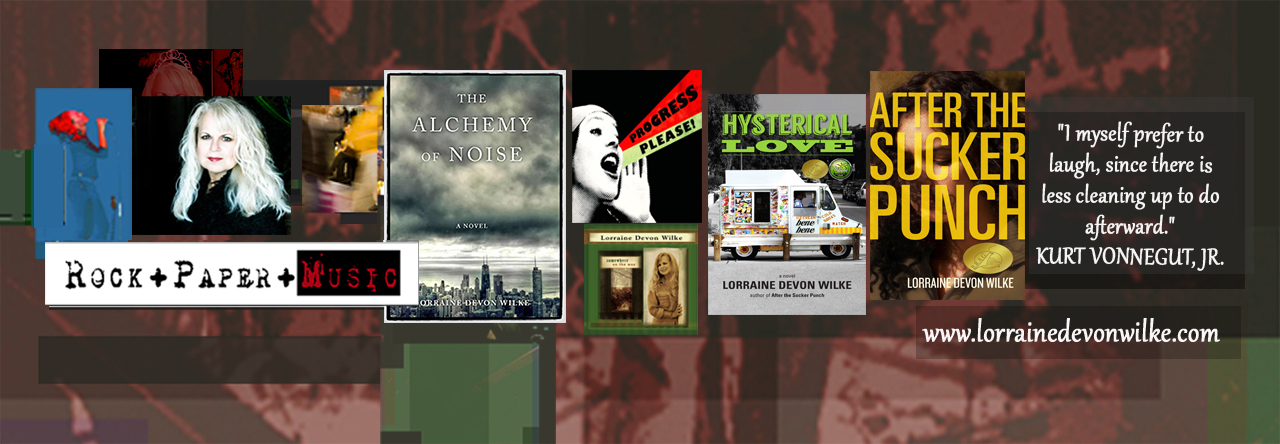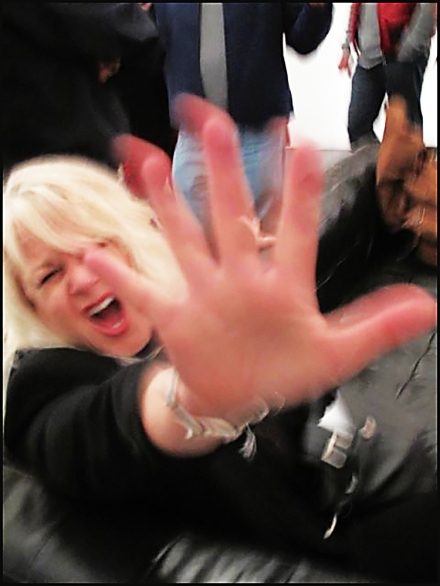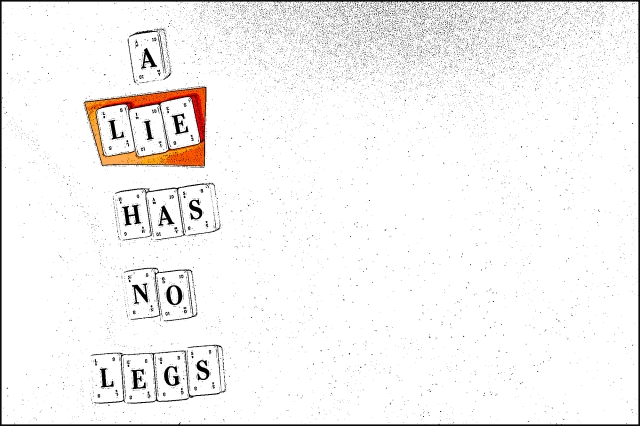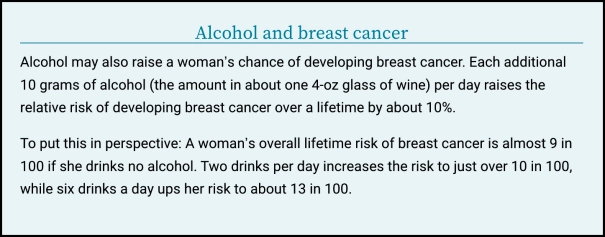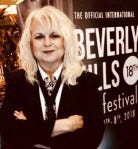“An artist’s duty, as far as I’m concerned, is to reflect the times… How can you be an artist and not reflect the times? That, to me, is the definition of an artist.”
~ Nina Simone
It’s been a while since I’ve written here, so I hope this finds you enjoying spring and successfully making your way through 2024, a year that promises to be fierce and controversial for many of us, while offering up countless opportunities to get involved in shaping our own futures… in other words: it’s election year in the U.S. of A!
I realize that, as an artist, some don’t expect/like me to step outside that role to reveal my perspective on social and political issues, but as I explain in “The Outspoken Artist: Let Candor Be Your Brand,” I’ve never been one to separate my art from my worldview, and, in fact, believe that art and creativity are powerful tools with which to express ideas, facilitate change; inspire activism, even uplift and empower.
I bring all this up because, as illustrated by the photograph at the top, I began this year with a hearty dose of political activism when my band, Sixth & Third, organized a fundraising event at a private home, performing a 90-minute concert to a lovely crowd who enjoyed some food and drink while rocking to our music and donating a very tidy sum in support of the Biden/Harris re-election campaign. Afterward, there was much enthusiastic discussion about, “what a wonderful way to get people together, everyone involved and contributing while enjoying a great night of music!” (Thank you!) And it is, indeed, fabulous to combine political and social concerns in a format that’s entertaining, doable, and effective.
SO…
I throw this out there as an invitation and suggestion: More of these! “House Fundraisers” are not only vibrantly social and lots of fun, they’re an uncomplicated, easy way to gather likeminded people who care about essentials like democracy and decency, and want to do more to help preserve it. All that’s needed is a house or facility with space enough to set up a band/duo/combo (backyards, big living rooms, good-sized meeting spaces, etc.), a list of people you can invite, and a way to collect donations (we collected checks this time but you can set up an ActBlue donation portal, as well). I hope those of you from around the country will consider the idea, particularly as the weather gets predictably warmer and people are more apt to get out and about.
As for readers here in Los Angeles County: Sixth & Third would be delighted to play for your fundraising event if schedules allow. We always love the opportunity to perform, and you’d be hosting a wonderful night of friends, food, and music while raising funds toward saving the nation… win/win! Give it some thought; there are many months ahead in which the election will be the top story, so I hope those of you inspired by this idea will reach out to make it happen.
As for the rest of my creative endeavors: there is book stuff percolating. I’m currently putting together a compilation of short stories, essays, and other “word assemblages” to be published by early summer, and at least one of my two novel manuscripts is moving in the direction of publication (how’s that for vague? 😊). More as things unfold.
Until then, have a great spring, please stay healthy and active, and let’s do all we can to keep integrity and decency in our leadership… because Gloria Steinem’s right: “The future depends entirely on what each of us does every day.”
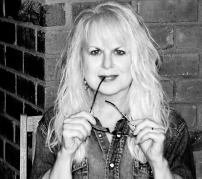
Visit www.lorrainedevonwilke.com for details and links to LDW’s books, music, photography, and articles.
